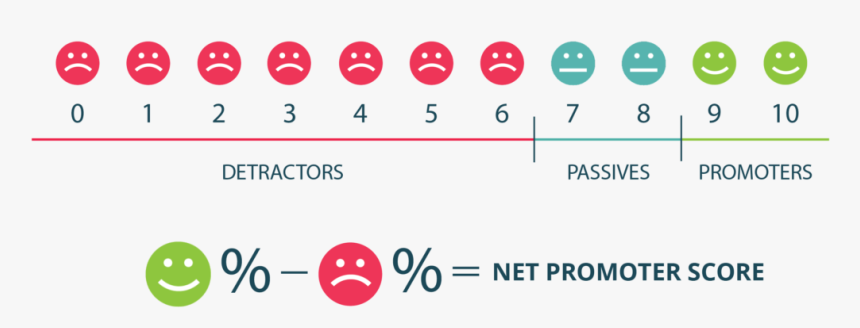Employee Net Promoter Score (eNPS) is a procedure that researches how much an employee is willing to overshare and recommends his workspace to close ones and family. This concept energizes and motivates to bring rigour and enthusiasm to the work sphere while making it creative and productive.


What is an Employee Net Promoter Score
The Employee Net Promoter Score (eNPS) is used to measure the employer’s loyalty. It focuses on customer satisfaction. It addresses how frequent or how likely a customer would recommend any services or products brought from a company. A good NPS score can range between 10 and 30. It is a way to know how well the company has been performing, according to the necessities and benefits of the customers. The Employee Net Promoter Score is essential to check if the company is on the right track. The valued feedback is crucial to make way for improvement for the future.
The Advantages of Employee Net Promoter Score
The Employee Net Promoter Score functions as a survey. It is cost-effective, quick and user-friendly, attracting more employees to participate. It is an ideal way to beat the boring old traditions of surveys and measure the likelihood of new business. The eNPS is the most convenient way to track progress or the lack of it over time.
Measuring Employee Engagement
The Net Promoter acts as a transparent shield to the other side of the business party. It genuinely shows the track results of departments, the liabilities that represent, or the outstanding offers. Employee engagement is measured to locate the strengths, the bitter truths or identify and rectify problem portions. It is beneficial to gain insight and connect with weaker teams. It helps to understand trends or even build some trust. The engagement can be measured through a designed mechanism that determines the outcomes, locating the essential tools necessary for employees to possess. They, in turn, can then develop an ongoing strategy and identify the driving engagement in the workspace.
Prevent Employee Attrition
Reducing employee turnover can be strategic, but it is helpful for the organization’s future. Some effective ways include on-site programs and training courses for employees. These can help build an effective team-building activity, thus allocating the correct position to the right person. The eNPS score can be improved by acknowledging the employees’ hard work. A good network of seniors is necessary with the anonymity of surveys. When put in a contingent plan, all of these help prevent higher attrition rates.
Fears, Careers, Robot Peers: PyjamaHR Support Pros Talk AI
Join us for an authentic conversation with members of Help Scout’s own customer service team as they discuss the ways AI is changing their jobs, how they really feel about it, and how they’re taking charge of their own career direction.
Turning Criticism into Constructive Feedback
Constructive criticism is beneficial for personal excellence that attempts to provide feedback with good intentions. Criticism is essential, whether positive or negative, to help improve an employee’s skills. But turning criticism into feedback that is constructive goes a long way. It builds trust within a sandwich model, one negative camouflaged between two positive traits. Seeking the point of view and emphasizing helpful feedback enhances business productivity.
Tips for Using Employee Net Promoter Score
The eNPS should be sent to a small portion of employees to regulate daily input. The anonymity in surveys must be guaranteed at all levels, with follow-up questions and improvement efforts. This score and employee engagement and feedback can increase the company’s morale. It helps to include all the voices that can be heard and respected. It is a valuable process of closing employee experience gaps. Asking the “why” along with the quantitative questions frequently can be a good tip to guide the score. Retaining talent and engaging employees in a firm for a long duration can be a daunting task in today’s world of competition. Following the praxis of promoters, neutrals, and distractors, the employee net promoter score can be an effective tool. It shall be kept in mind that results and surveys received should act as benchmarks against one’s progress. This should not be compared with other competitors.

